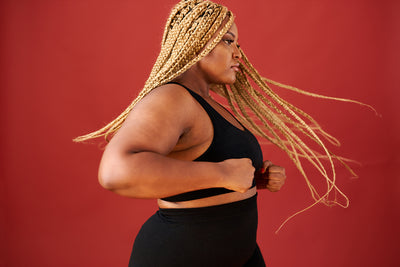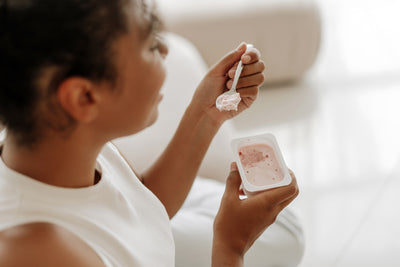When many think of Pilates equipment, they mainly just know the Pilates Reformer. It’s the one that looks the sexiest on social with leg lengthening movements and a sliding carriage, but it’s also one of the most supportive pieces of equipment and helps with building up the strength to advance your practice. Let’s break down how it does that.
The creation of the Pilates Reformer began in the early 1900’s when Joseph Pilates began working to rehabilitate injured soldiers after World War I. He took hospital beds and added springs and weights that he could find laying around to add strength building exercises. Ahead of the start of World War 2, Joseph left Germany to the US where he continued to perfect the apparatus including adding leather straps and a mobile carriage that mimicked rowing, a popular sport at the time.
The Pilates Reformers we see today are similar to the final design Joe landed on if not exact. But different Pilates brands tend to also offer different varieties of Reformers based on the teaching styles and clientele. But generally, they all have 4-5 springs for added support but also tension when needed. There is a foot bar & straps to help with creating a closed kinetic chain. Without the limbs floating in space, there is more stability and support. You can also work more muscles at once which mimics our everyday movements.
As nervous as people can get about the Reformer, it’s actually one of the best pieces of apparatus for Pilates beginners. Prior to The Fit In: Pilates Reformed opening, many people in the area only had Pilates Mat as an option to start their Pilates journey because financially Reformer classes have typically been priced starting at $35 or more a session and are also challenging to find in certain neighborhoods. Pilates apparatus classes and privates have typically been an option for only the more affluent. Pilates Mat was something you can find in big box gyms at a more accessible price with nothing much more needed than a mat. But as those who have taken Pilates Mat know, mat movements require a level of ab and glute strength that people starting out might not be ready for. That’s where the Reformer can help.
The design and variety offered on the reformer can take someone from being a Pilates novice to an expert with consistent practice. Our Pilates Reformed: Fundamentals classes are great for those who are new or recovering from injury. It introduces them to the Reformer and other Pilates Equipment but also takes movement at a slower pace. Our Pilates Reformed: Jump classes are a more advanced class that incorporates the Jumpboard. The Jumpboard wasn’t designed by Joe but by a protégé of his Romana Kryzanowska after Joe’s death. It’s said that it was designed for NASA astronauts but it was especially beneficial for dancers to strengthen their jump work with less impact on the knees, feet, and ankles. It has become a popular way for Pilates fans to get in some cardio in their routine.
Regardless of your experience, a PILATES REFORMED class is great way for you to strengthen your body. So make sure to sign up for one of the 4 slots in each class.







Leave a comment